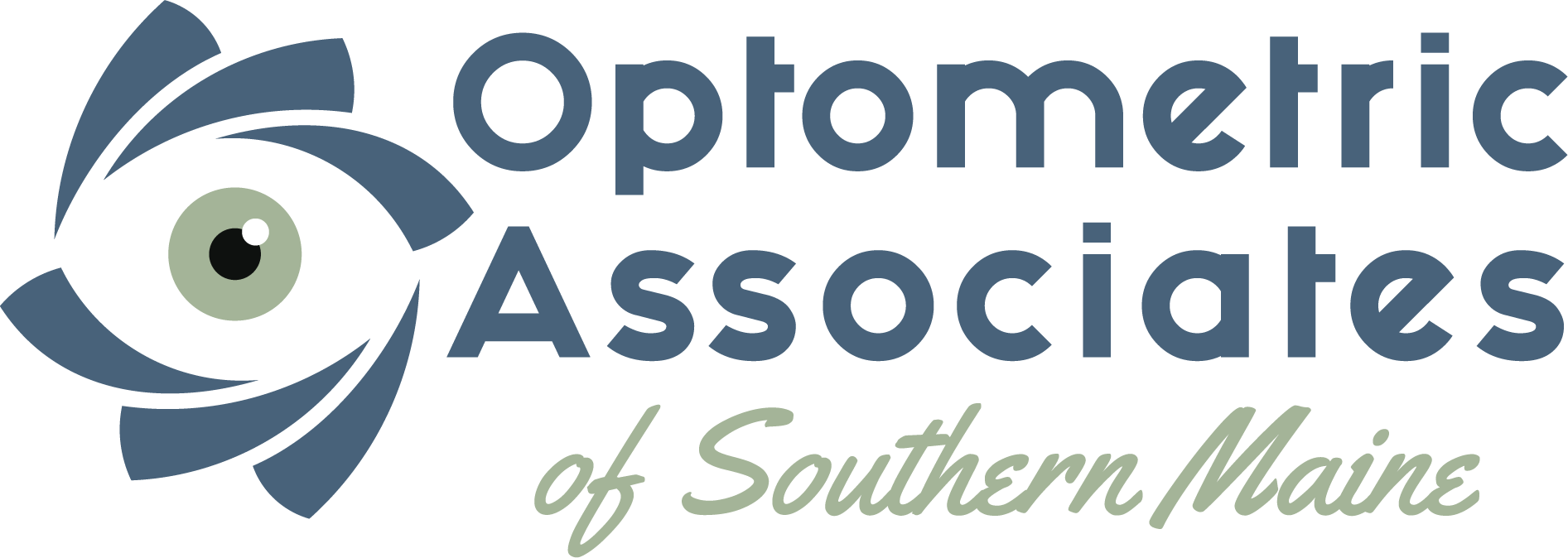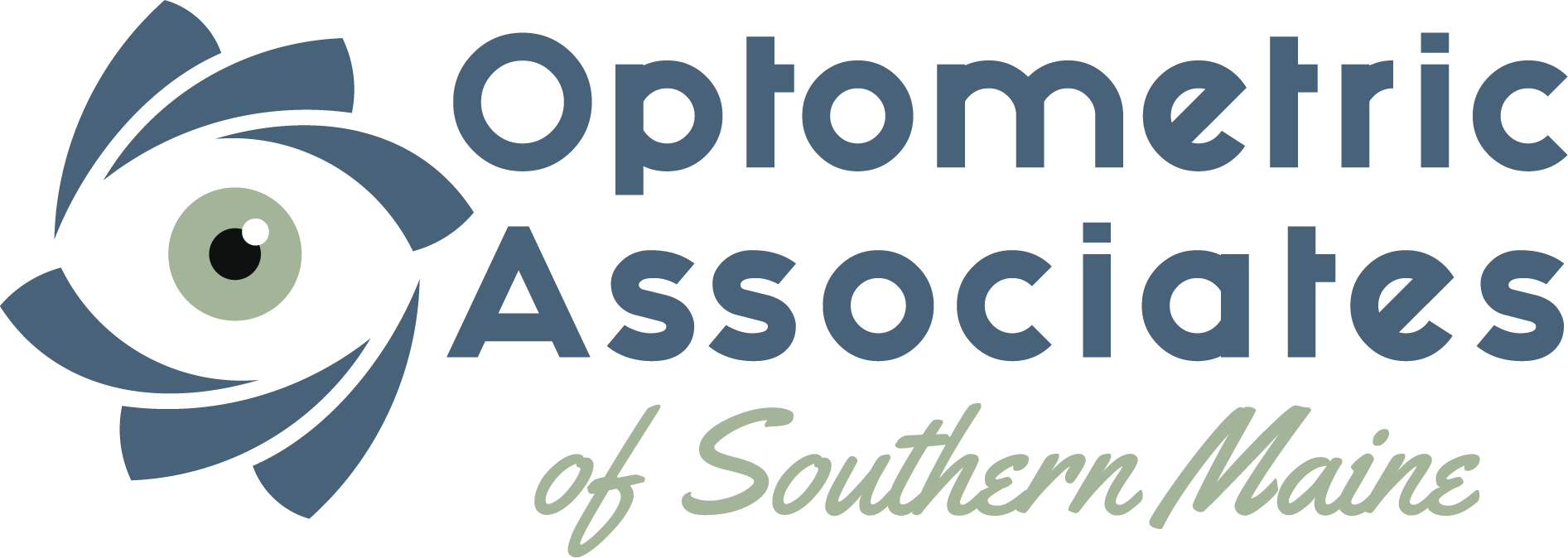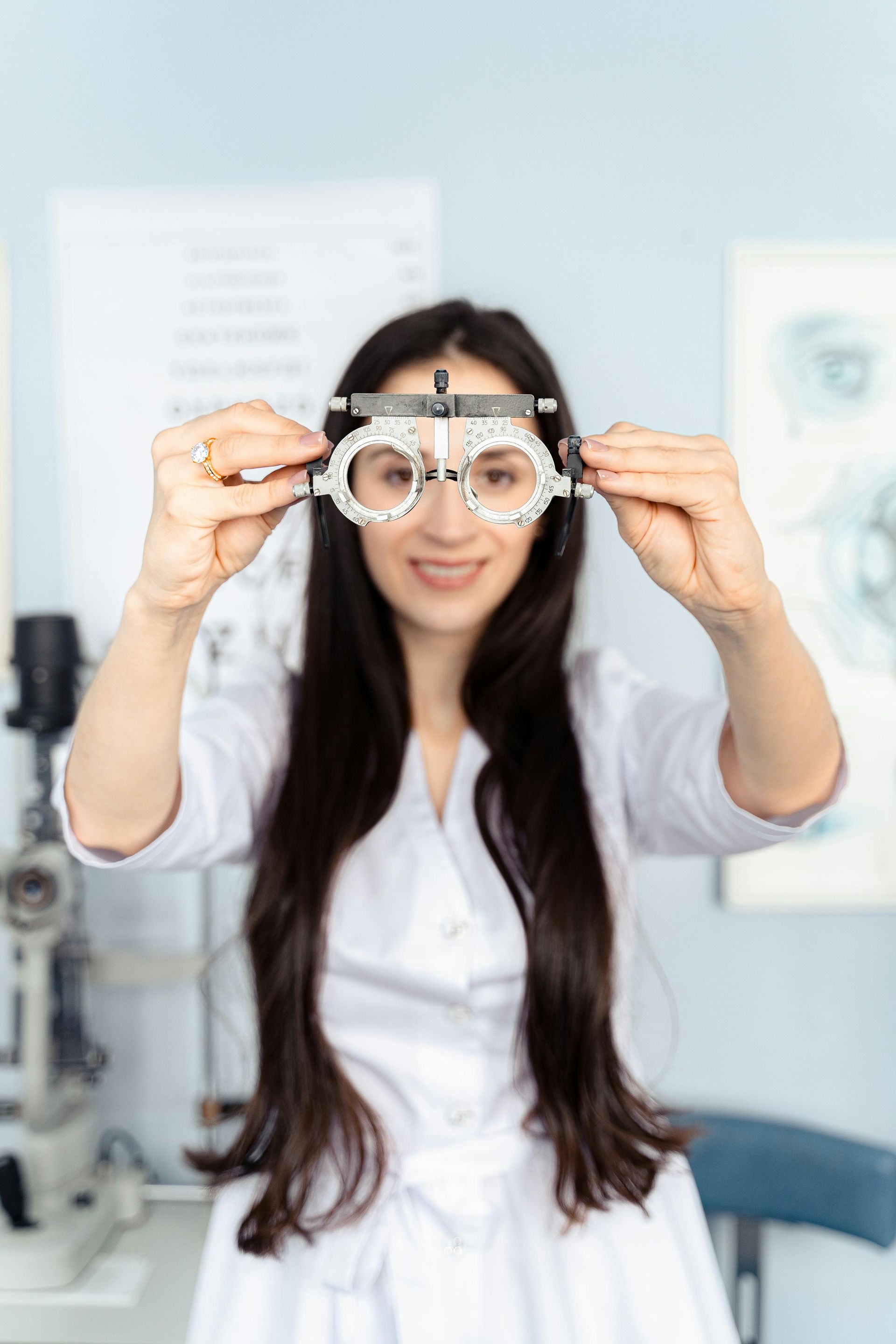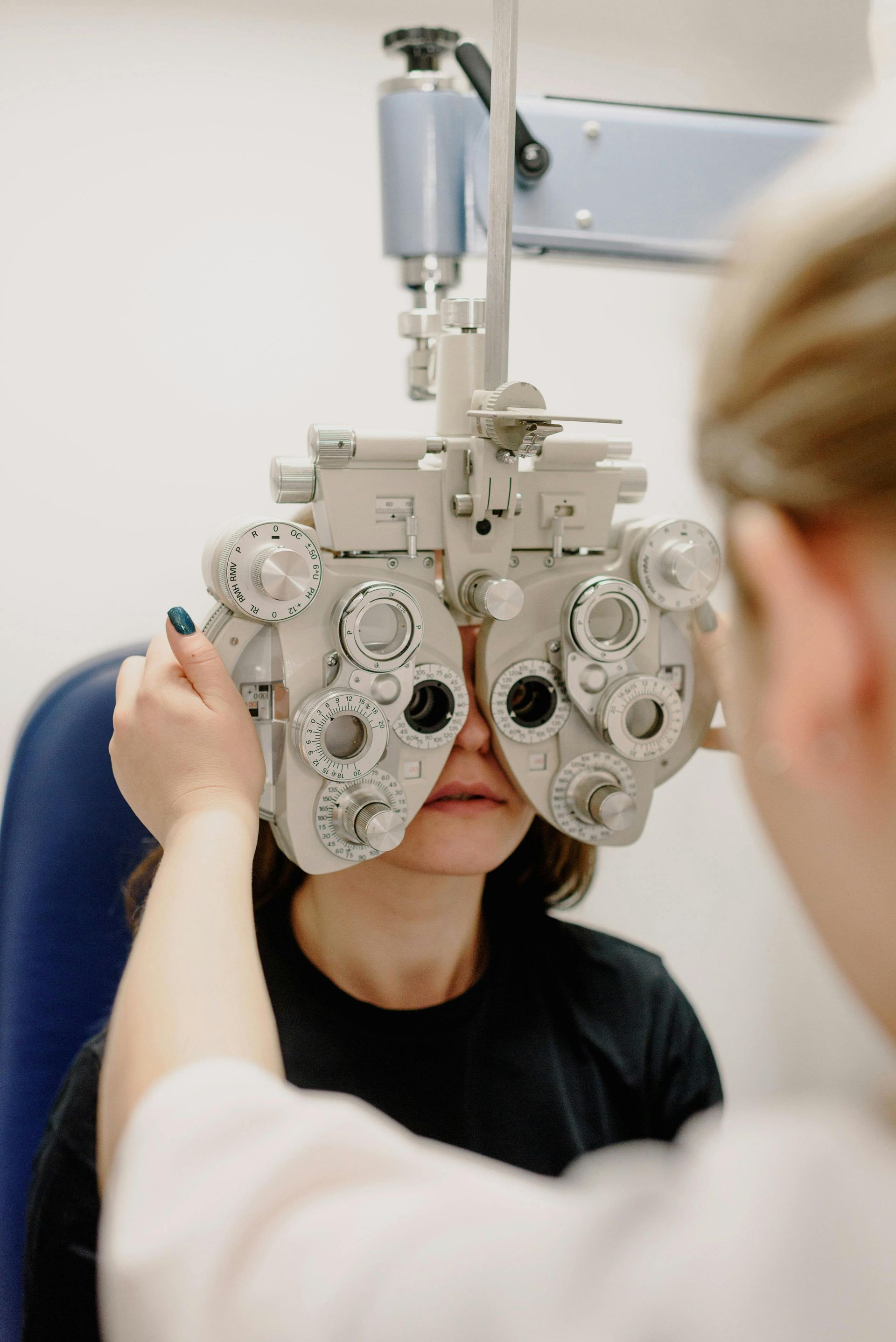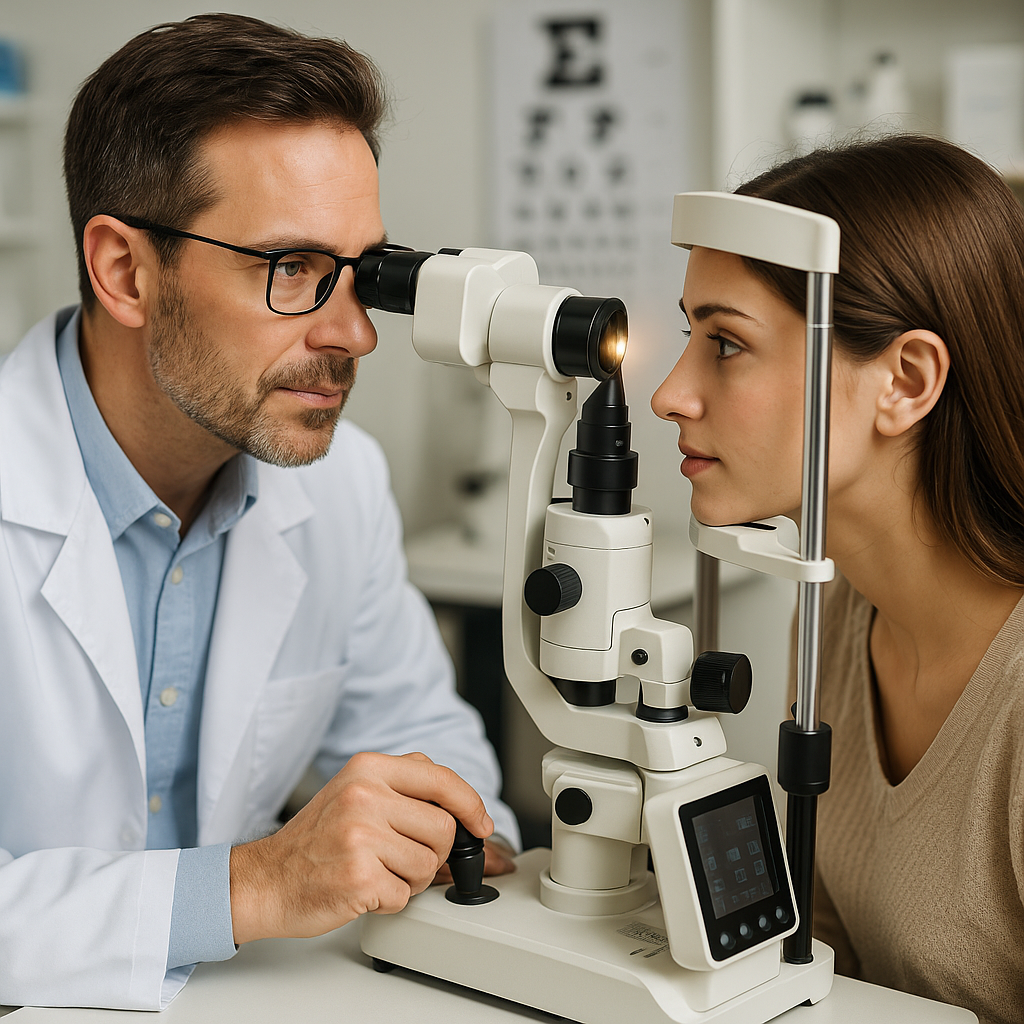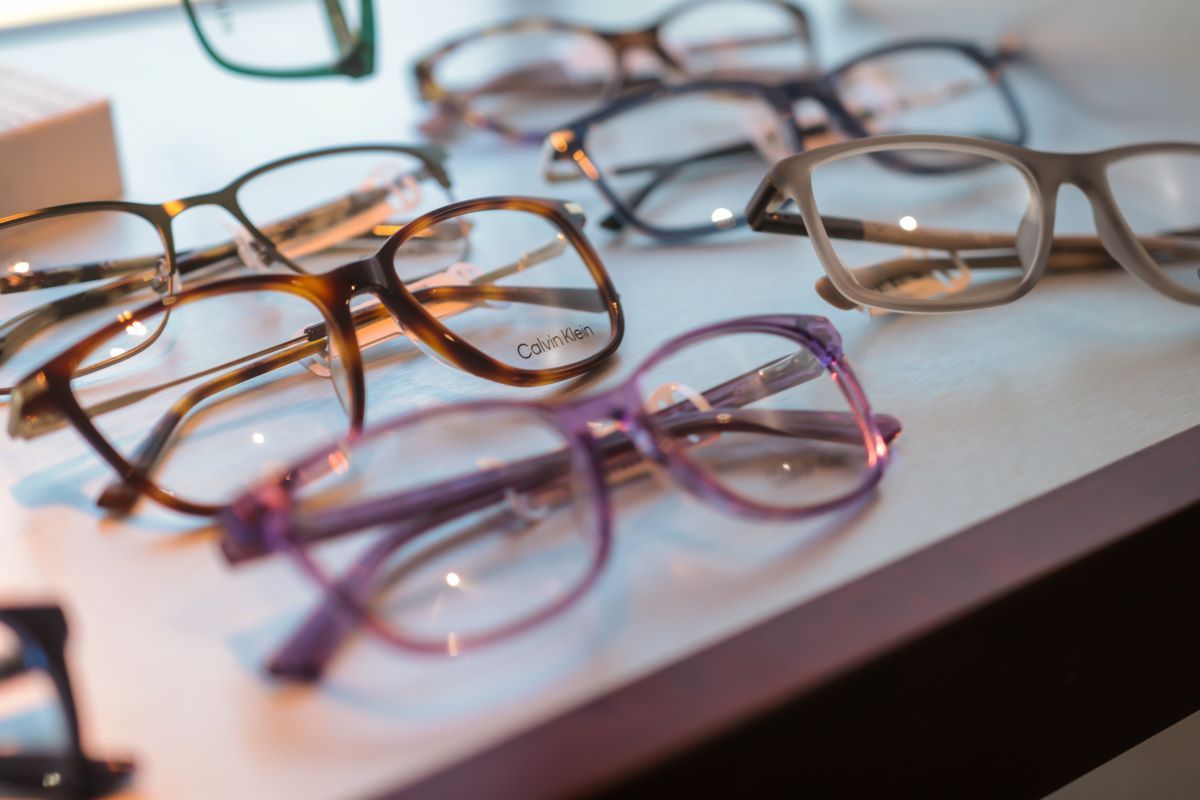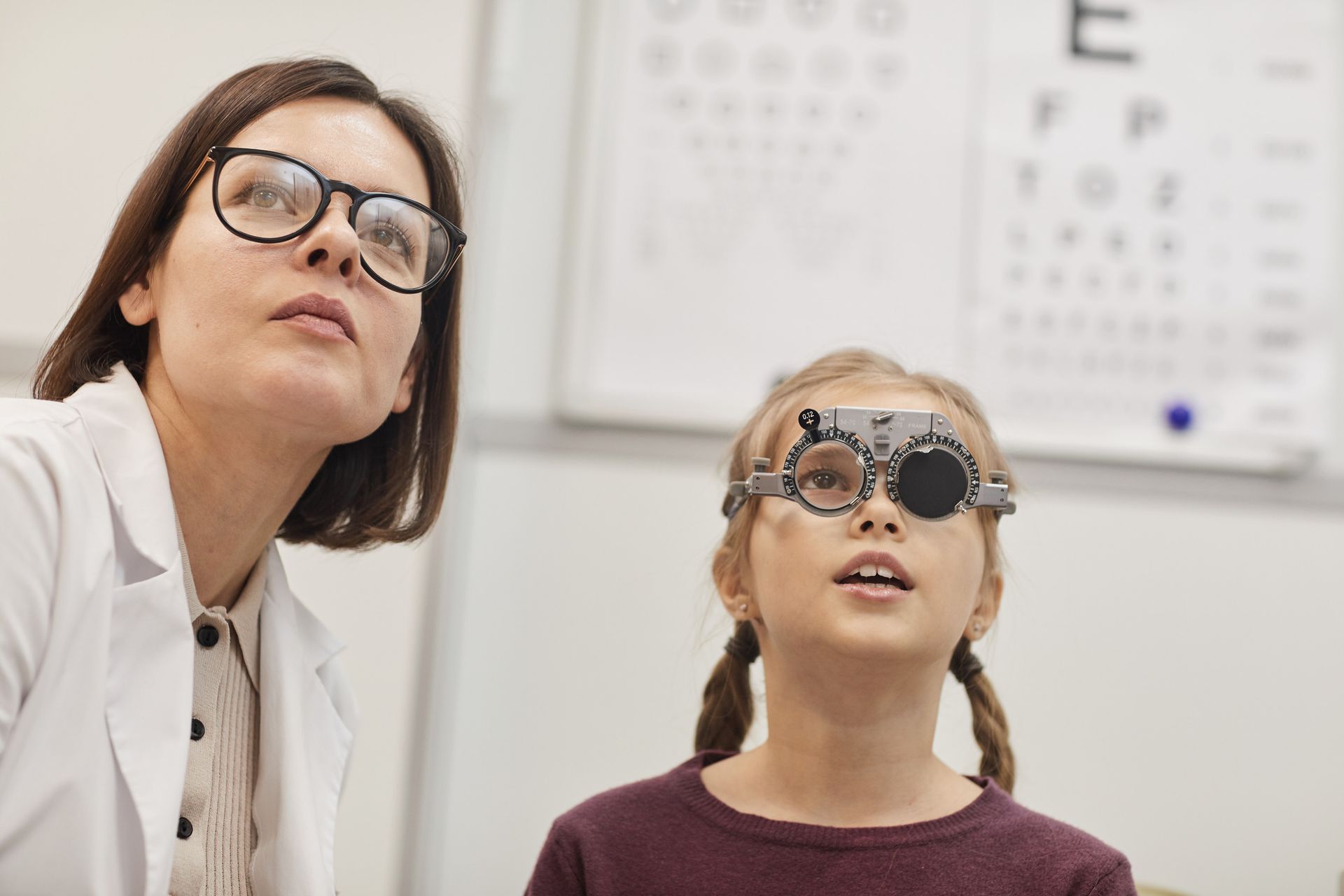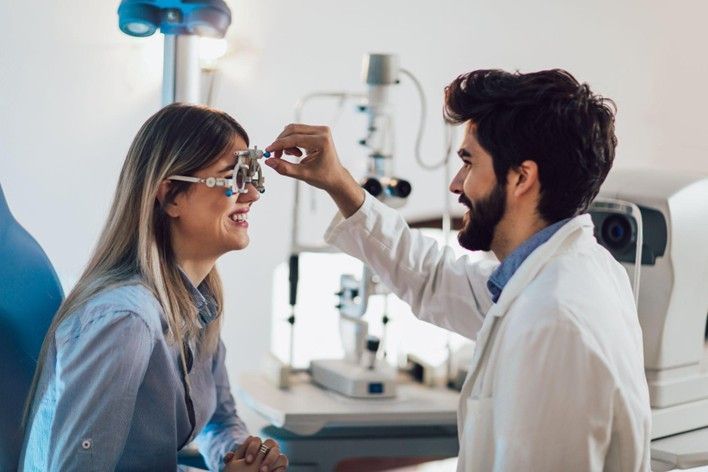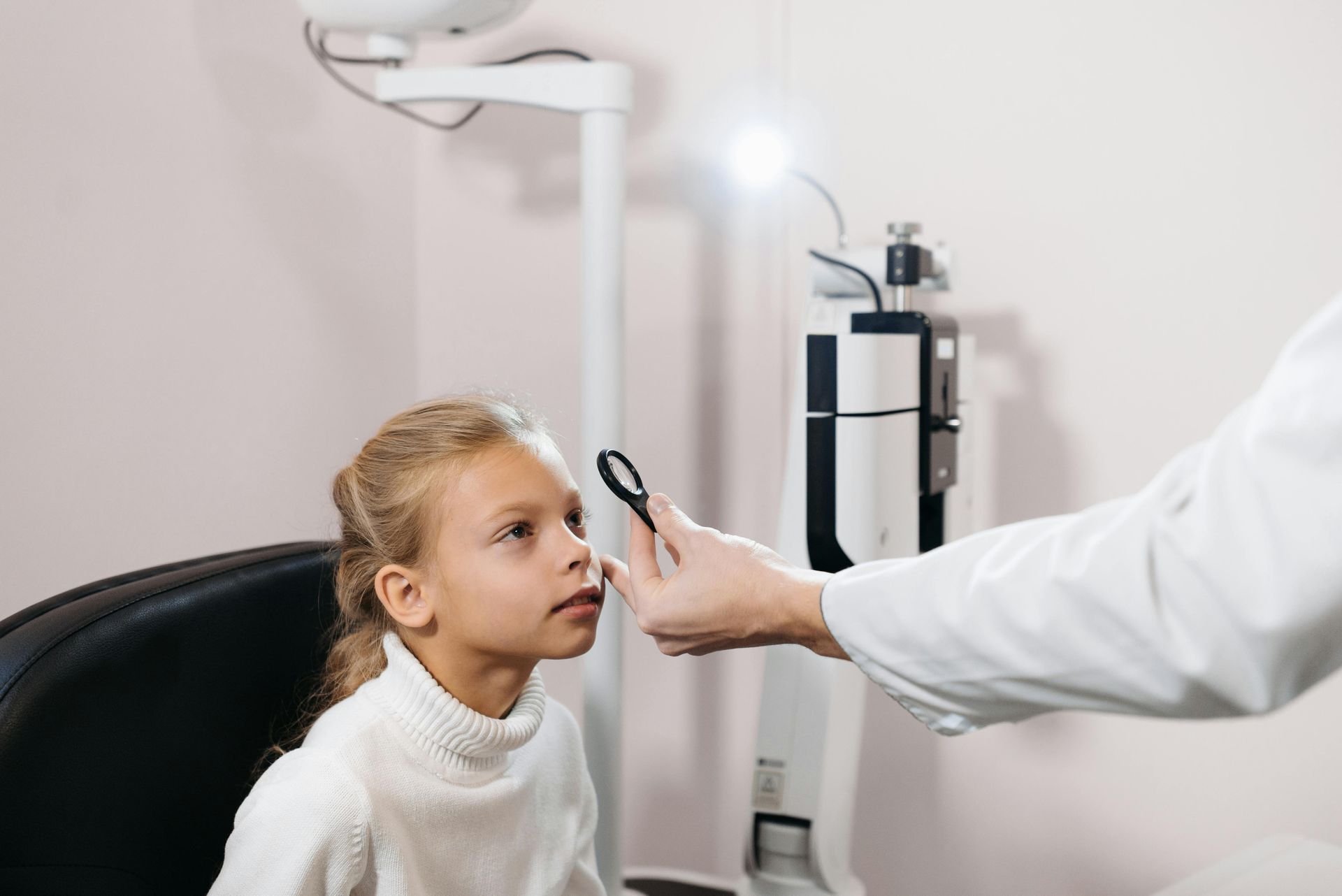Common Causes of Adult-Onset Myopia
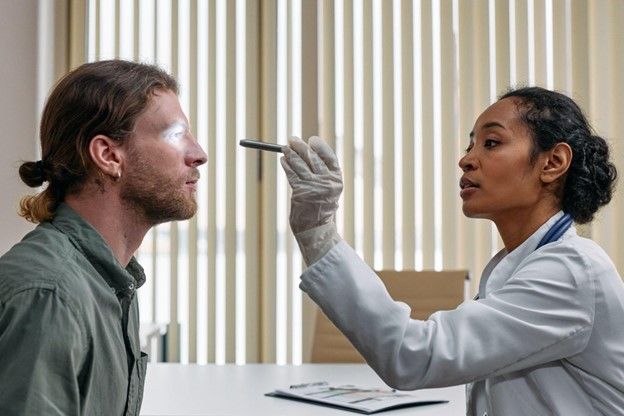
Common Causes of Adult-Onset Myopia
Myopia, commonly known as nearsightedness
, is a refractive error
affecting millions worldwide. While it often develops during childhood, it can
also manifest in adulthood. Adult-onset myopia can be due to various factors,
including genetics, environmental factors, lifestyle choices, and certain
medical conditions.
Read more to learn the common causes of
adult-onset myopia and discuss how the team at Optometric
Associates of Southern Maine
can help with myopia control.
Genetics
One of the primary factors contributing to
adult-onset myopia is genetics. If one or both parents have myopia, the chances
of developing it are significantly higher. Genetic studies have identified
multiple genes associated with myopia, including those responsible for
regulating eye growth and the shape of the eye. However, while genetics
play a role, they do not solely determine
the development of myopia, as environmental factors also come into play.
Environmental Factors
Environmental factors can significantly impact
the development of myopia in adulthood. Prolonged periods of reading or using
electronic devices can strain the eyes and contribute to myopia progression.
Insufficient outdoor activities and excessive time in artificially lit
environments may also increase the risk. Additionally, excessive exposure to
blue light from digital screens is a potential contributing factor to myopia
development.
Lifestyle Choices
Certain lifestyle choices
can contribute to
adult-onset myopia. Improper visual habits like holding reading materials too
close or working in dimly lit areas can strain the eyes and potentially cause
myopia. Inadequate sleep patterns and high-stress levels have also been
associated with an increased risk of myopia development. Taking regular breaks
during work and adopting a healthy lifestyle can minimize the risk of eye
strain and promote proper eye care.
Medical Conditions
Certain medical conditions can predispose
individuals to develop myopia in adulthood. Diabetes, for instance, has been
linked to an increased risk of myopia. Hormonal changes during pregnancy or
hormonal imbalances can also impact vision and potentially lead to myopia
development. It is crucial for individuals with these medical conditions to
monitor their eye health regularly and consult with optometrists.
Importance of Regular Eye Examination
Regular eye examinations are essential for
understanding myopia for several reasons. Firstly, they enable early detection
of myopia, allowing for timely interventions and preventing further vision deterioration.
Secondly, these examinations ensure the accurate prescription of corrective
lenses, reducing eyestrain and discomfort.
Additionally, optometrists can monitor the
progression of myopia over time, assess the effectiveness of myopia control strategies,
and make necessary adjustments. Eye exams also provide an opportunity to
evaluate overall eye health, detect coexisting ocular conditions, and educate
patients about myopia and proper visual habits. Individuals can effectively
manage their myopia by prioritizing regular eye examinations and maintaining
optimal vision health.
At Optometric Associates of Southern Maine
, our
dedicated team of optometrists is ready to support you in maintaining optimal
eye health. Our experienced optometrists can help you with a comprehensive eye
examination today and gain valuable insights into your myopia risk factors.
Together, we can develop personalized strategies for myopia control, ensuring a
clearer, brighter future for your vision. Schedule
an appointment
with us today!
